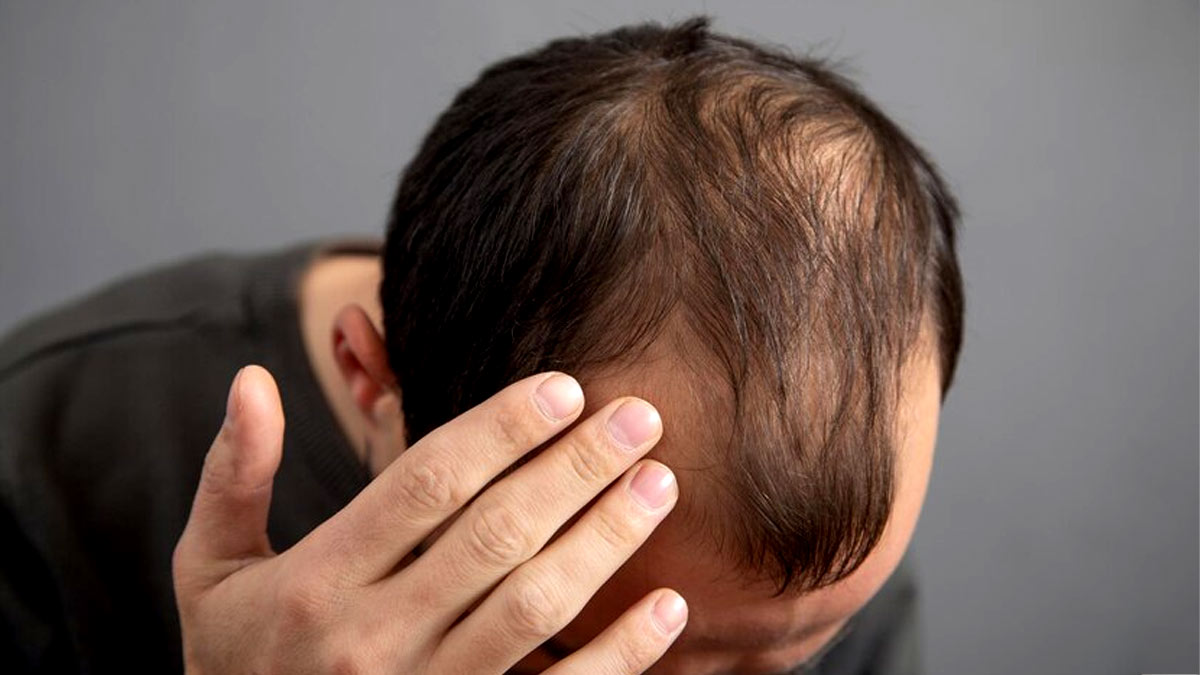
Alopecia is a medical word that describes the loss of hair from parts of the body where hair is normally present. This disorder can affect the scalp, brows, eyelashes, beard, and other areas where hair develops on the body. Alopecia can be caused by a variety of circumstances, including autoimmune diseases, hereditary factors, hormonal changes, and medical treatments such as chemotherapy. There are various kinds of alopecia, with varying degrees of severity and patterns of hair loss. Alopecia treatment methods vary according to the underlying reason and may include drugs, topical therapies, and, in some cases, hair restoration surgeries.
In an interaction with Only My Health, Dr SK Gupta, dermatologist, DMCH, Darbhanga, Bihar, explained about the factors contributing to its increased occurrence in men.
Signs of Alopecia
Gradual Thinning
One of the initial signs of alopecia is the gradual thinning of hair. This is often noticeable on the top of the head and may be more pronounced over time.
Also read: Alopecia Warning Signs: Here Are 7 Symptoms You Must Be Aware Of
Bald Spots
Alopecia areata can manifest as bald spots, where hair ceases to grow in specific areas of the scalp. This type of alopecia is characterised by the immune system mistakenly attacking hair follicles.
Receding Hairline
Male-pattern baldness, or androgenetic alopecia, often begins with a receding hairline. Hair loss is concentrated in the frontal and temporal regions, leading to a distinct pattern.

Sudden Hair Loss
Acute conditions may cause sudden and significant hair loss. Stress, illness, or certain medical treatments can trigger this type of alopecia.
Changes in Nail Health
Alopecia areata is sometimes accompanied by changes in nail health, such as pitting or ridges. This can serve as an additional indicator of the condition.
Why Alopecia is More Prevalent in Men
Genetic Predisposition
Male-pattern baldness is strongly influenced by genetic factors. If there is a family history of male-pattern baldness, individuals are more likely to experience hair loss.
Androgenetic Factors
Androgenetic alopecia is driven by hormones, particularly androgens. In men, higher levels of dihydrotestosterone (DHT), a byproduct of testosterone, can shrink hair follicles, leading to hair loss.
Hormonal Influences
Hormonal changes, particularly during puberty and ageing, contribute to the prevalence of male-pattern baldness. Androgen receptors in the scalp are more sensitive to hormonal fluctuations in men.
Also read: Signs Your Hair Loss Is Alopecia Areata: What Treatments Should You Seek
Age
While alopecia can affect individuals of any age, male-pattern baldness becomes more prevalent as men age. By the age of 50, around 50% of men are estimated to experience some degree of male-pattern baldness.
Testosterone Levels
The male hormone testosterone, which is present in higher levels in men, plays a role in the development of male-pattern baldness. Testosterone is converted into DHT, which adversely affects hair follicles.
Alopecia is a medical word that describes the loss of hair from parts of the body where hair is normally present. This disorder can affect the scalp, brows, eyelashes, beard, and other areas where hair develops on the body. Alopecia can be caused by a variety of circumstances, including autoimmune illnesses, hereditary factors, hormonal changes, and medical treatments such as chemotherapy. There are various kinds of alopecia, with varying degrees of severity and patterns of hair loss. Alopecia treatment methods vary according to the underlying reason and may include drugs, topical therapies, and, in some cases, hair restoration surgeries.







